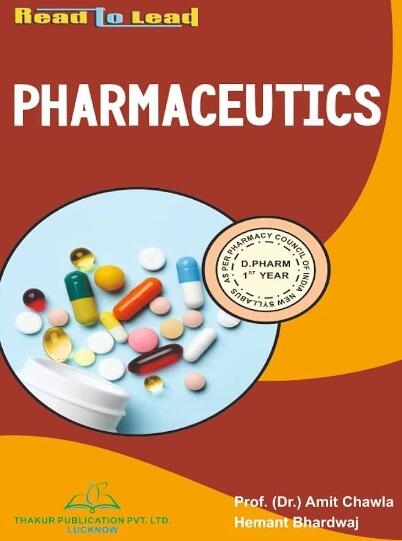An Innovative Inhibitor with a New Chemical Moiety Aimed at Biliverdin IXβ Reductase for Thrombocytopenia and Resilient against Cellular Degradation
IF 5.5
3区 医学
Q1 PHARMACOLOGY & PHARMACY
引用次数: 0
Abstract
Biliverdin IXβ reductase (BLVRB) has emerged as a promising therapeutic target for thrombocytopenia due to its involvement in reactive oxygen species (ROS) mechanisms. During the pursuit of inhibitors targeting BLVRB, olsalazine (OSA) became apparent as one of the most potent candidates. However, the direct application of OSA as a BLVRB inhibitor faces challenges, as it is prone to degradation into 5-aminosalicylic acid through cleavage of the diazenyl bond by abundant azoreductase (AzoR) enzymes in gut microbiota and eukaryotic cells. To overcome this obstacle, we devised olsalkene (OSK), an inhibitor where the diazenyl bond in OSA has been substituted with an alkene bond. OSK not only matches the efficacy of OSA but also demonstrates improved stability against degradation by AzoR, presenting a promising solution to this limitation. Furthermore, we have found that both OSK and OSA inhibit BLVRB, regardless of the presence of nicotinamide adenine dinucleotide phosphate, unlike other known inhibitors. This discovery opens new avenues for investigating the roles of BLVRB in blood disorders, including thrombocytopenia.一种具有新化学分子的创新抑制剂,针对治疗血小板减少症的胆绿素 IXβ 还原酶,并能防止细胞降解
由于参与活性氧(ROS)机制,胆绿素 IXβ 还原酶(BLVRB)已成为治疗血小板减少症的有望靶点。在寻找针对 BLVRB 的抑制剂的过程中,奥沙拉秦(OSA)显然是最有效的候选药物之一。然而,将 OSA 直接用作 BLVRB 抑制剂面临着挑战,因为它很容易被肠道微生物群和真核细胞中大量的偶氮还原酶(AzoR)裂解重氮键,降解成 5-氨基水杨酸。为了克服这一障碍,我们设计出了邻苯二甲酸酐(OSK),这是一种将 OSA 中的重氮键替换为烯键的抑制剂。OSK 不仅具有与 OSA 相同的功效,而且还能提高稳定性,防止 AzoR 降解,有望解决这一限制。此外,我们还发现 OSK 和 OSA 都能抑制 BLVRB,无论是否存在烟酰胺腺嘌呤二核苷酸磷酸酯,这与其他已知的抑制剂不同。这一发现为研究 BLVRB 在血液疾病(包括血小板减少症)中的作用开辟了新的途径。
本文章由计算机程序翻译,如有差异,请以英文原文为准。
求助全文
约1分钟内获得全文
求助全文
来源期刊

Pharmaceutics
Pharmacology, Toxicology and Pharmaceutics-Pharmaceutical Science
CiteScore
7.90
自引率
11.10%
发文量
2379
审稿时长
16.41 days
期刊介绍:
Pharmaceutics (ISSN 1999-4923) is an open access journal which provides an advanced forum for the science and technology of pharmaceutics and biopharmaceutics. It publishes reviews, regular research papers, communications, and short notes. Covered topics include pharmacokinetics, toxicokinetics, pharmacodynamics, pharmacogenetics and pharmacogenomics, and pharmaceutical formulation. Our aim is to encourage scientists to publish their experimental and theoretical details in as much detail as possible. There is no restriction on the length of the papers. The full experimental details must be provided so that the results can be reproduced.
 求助内容:
求助内容: 应助结果提醒方式:
应助结果提醒方式:


